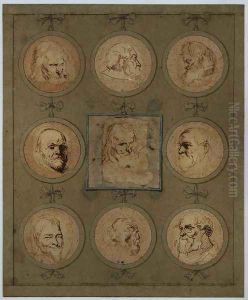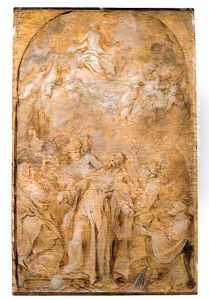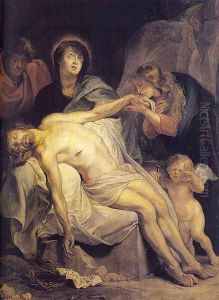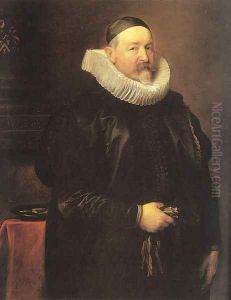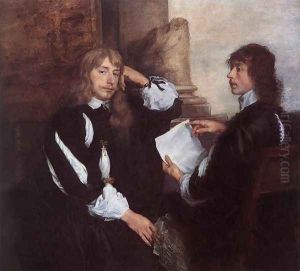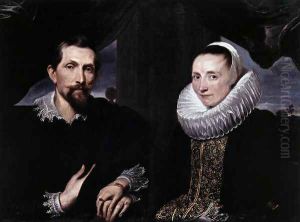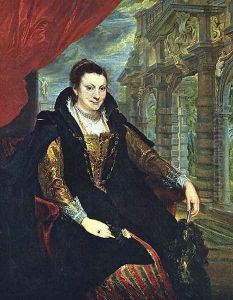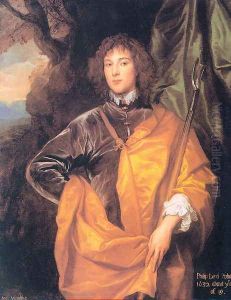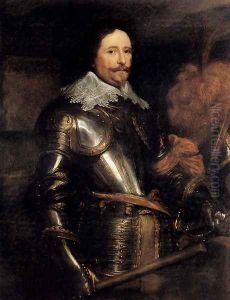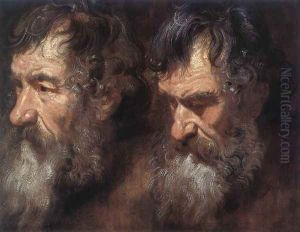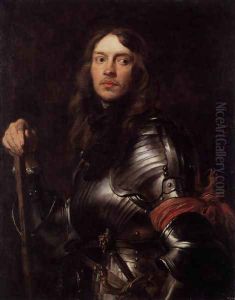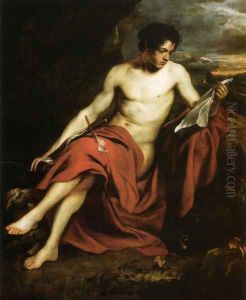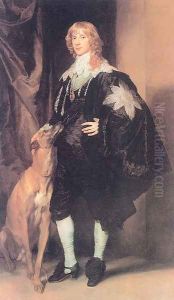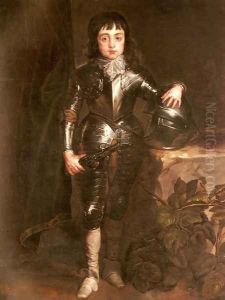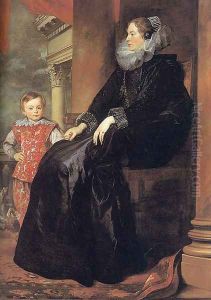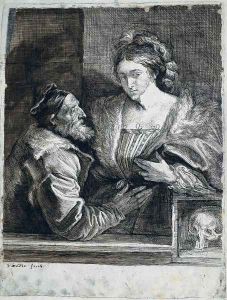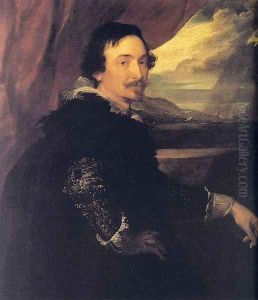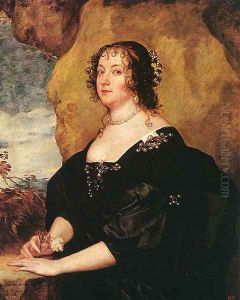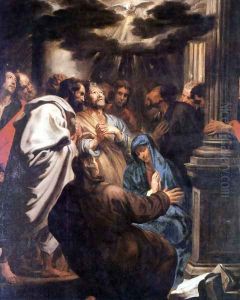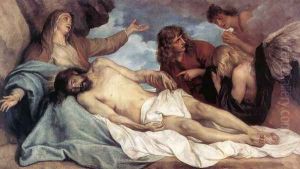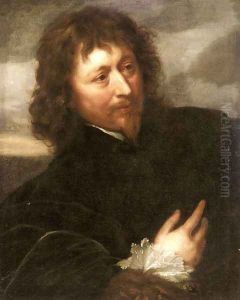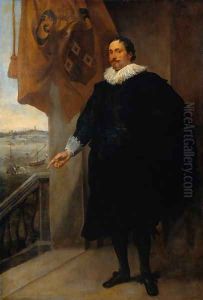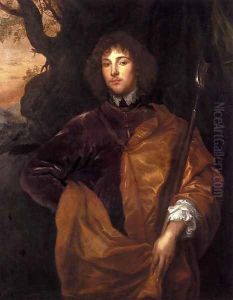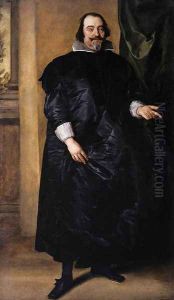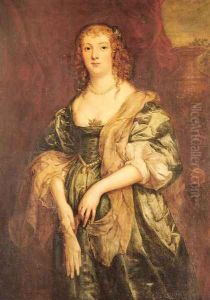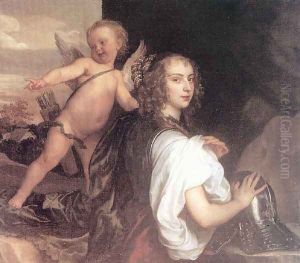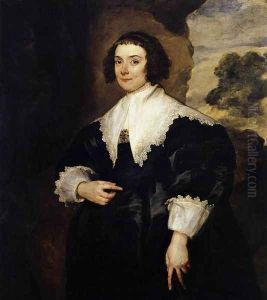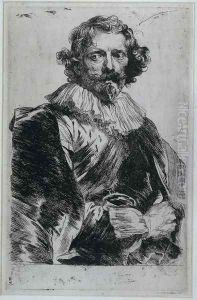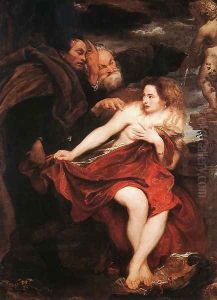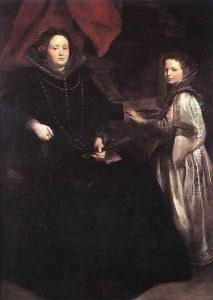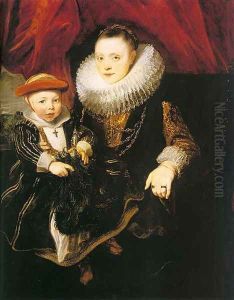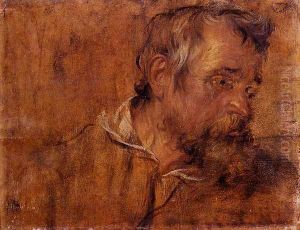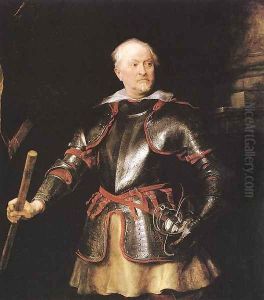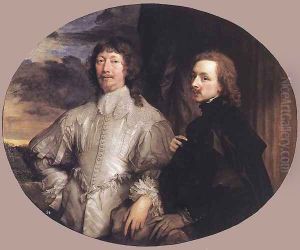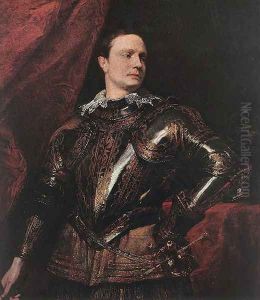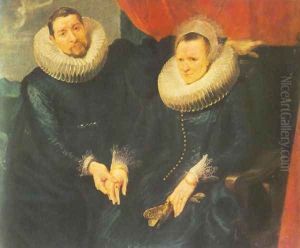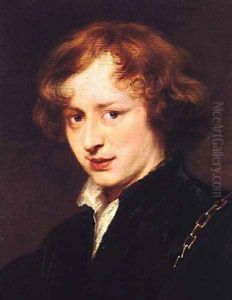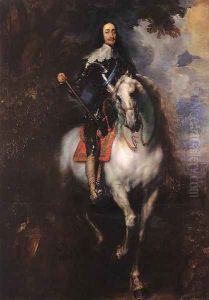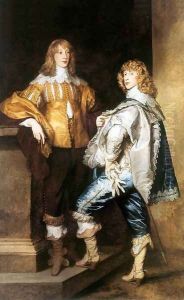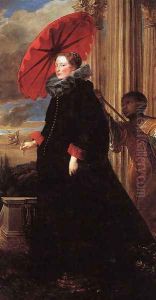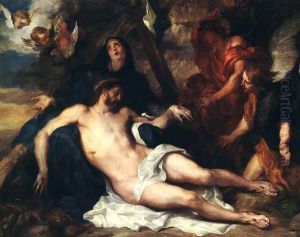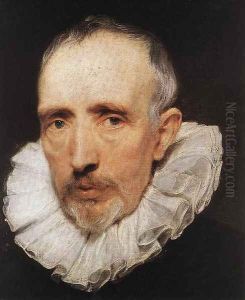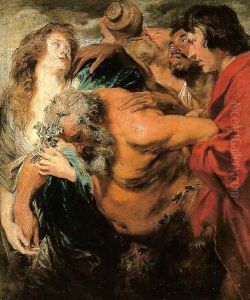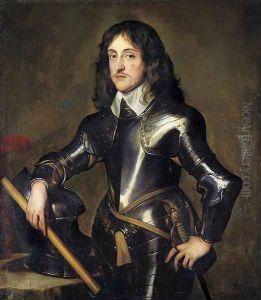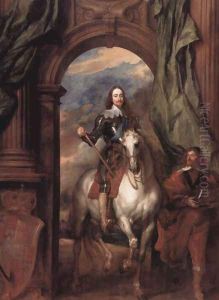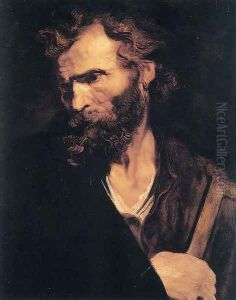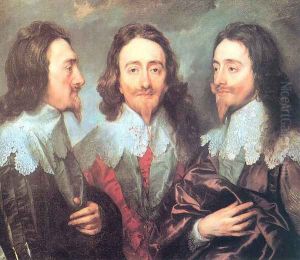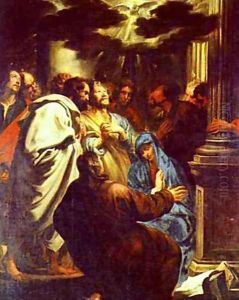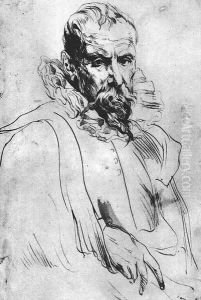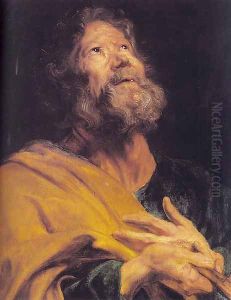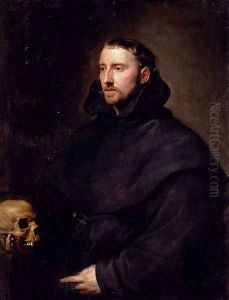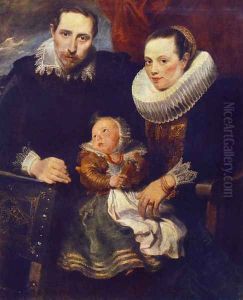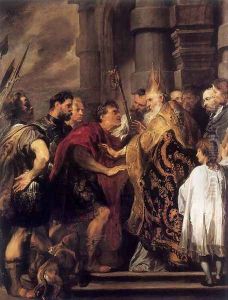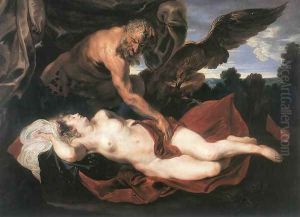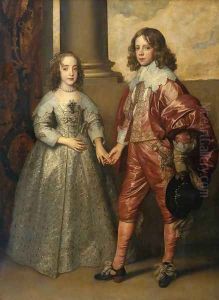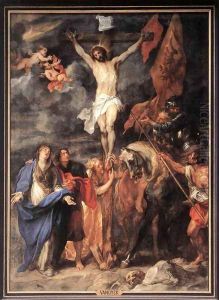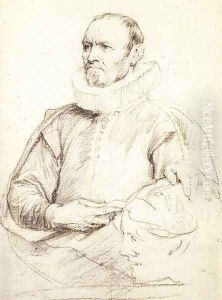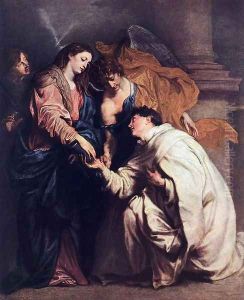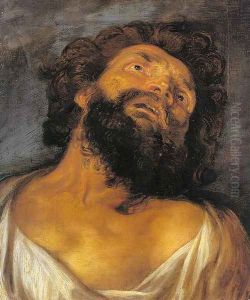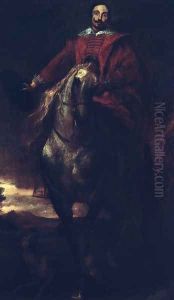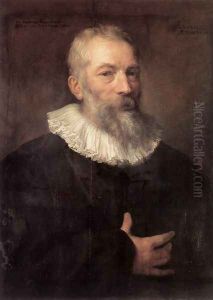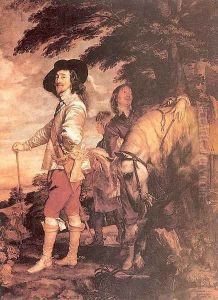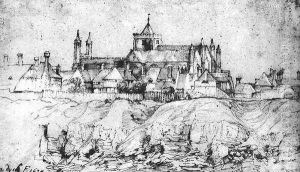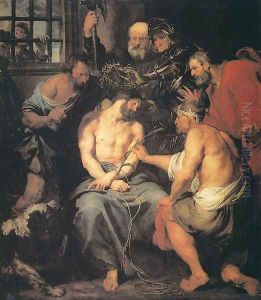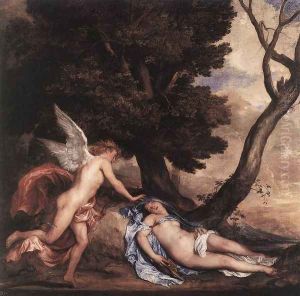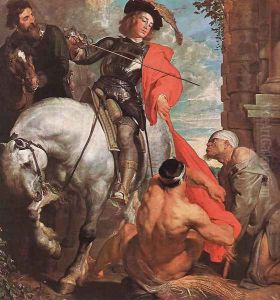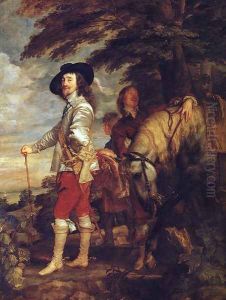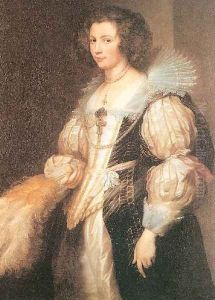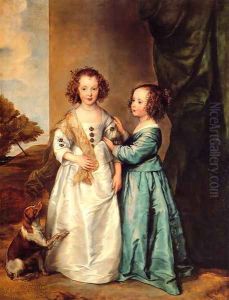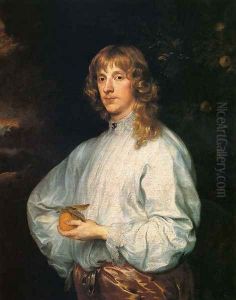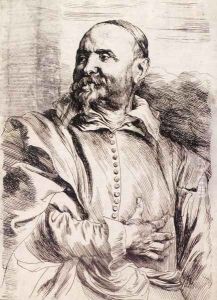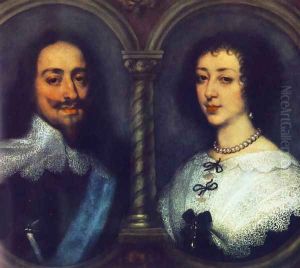Sir Anthony Van Dyck Paintings
Sir Anthony van Dyck was a Flemish Baroque artist who became the leading court painter in England after gaining success in the Southern Netherlands and Italy. Born on March 22, 1599, in Antwerp, which was then part of the Spanish Netherlands, van Dyck was the seventh of twelve children. His father was a wealthy silk merchant, and his mother was known for her fine embroidery work. From an early age, van Dyck displayed a remarkable talent for painting and started his artistic training at the age of 10 with the painter Hendrick van Balen. He quickly became an accomplished artist and, by the age of 15, was already working as an independent painter.
Van Dyck's early work was influenced by the dominant Flemish painter Peter Paul Rubens, under whose apprenticeship he studied. Rubens recognized van Dyck's talent and employed him as an assistant, which greatly influenced his style and technique. Van Dyck's work is characterized by his elegant and graceful portrayal of subjects, which was a stark contrast to Rubens' more robust and dynamic figures.
After establishing his reputation in the Low Countries, van Dyck traveled to Italy in 1621. He stayed there for several years, studying Italian masters and working for various patrons, including nobility and the Genoese aristocracy. His time in Italy was crucial to his development as an artist, as he absorbed the influence of Titian, Veronese, and Tintoretto, among others. Van Dyck's Italian works are noted for their subtler color palette and refined approach to composition.
Upon his return to the north, van Dyck worked in Antwerp and The Hague before being invited to England by King Charles I in 1632. The king was an avid art patron, and van Dyck quickly became his favorite painter, earning him the title of 'Principal Painter in Ordinary to Their Majesties'. Van Dyck's portraits of the English aristocracy and the royal family were revolutionary. His sophisticated and flattering style, often depicting his sitters in relaxed and elegant poses, made him highly sought after.
Van Dyck was knighted in 1632 and continued to work prolifically in England until his death on December 9, 1641, in London. He suffered from health issues later in life, which some speculate may have been related to his intense work ethic and the demands of his patrons. Van Dyck's legacy is vast; he set a new standard for English portraiture that influenced artists for generations, such as Thomas Gainsborough and Sir Joshua Reynolds. His works remain a testament to his skill as a portraitist and his unique position as a bridge between the Flemish Baroque and the development of English portraiture.
